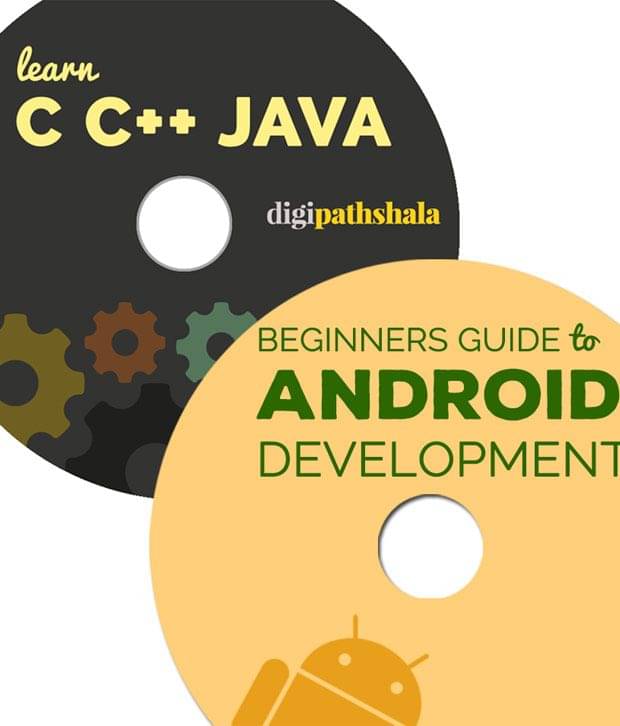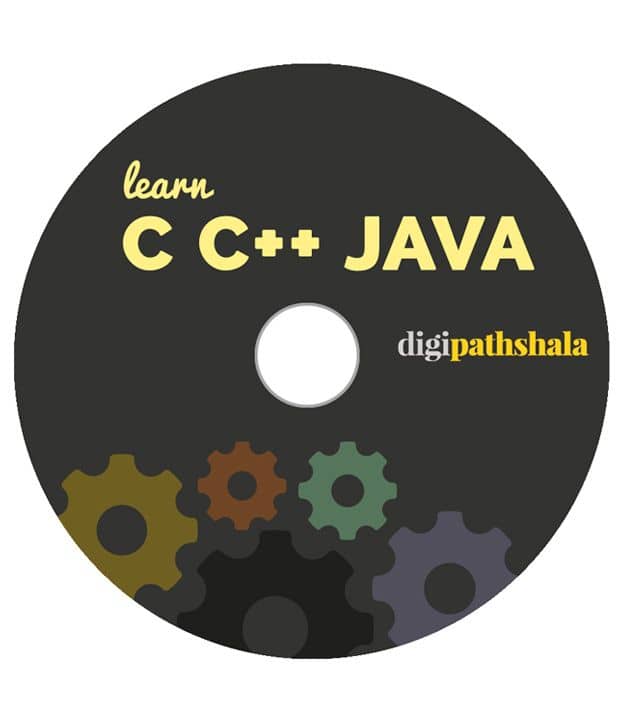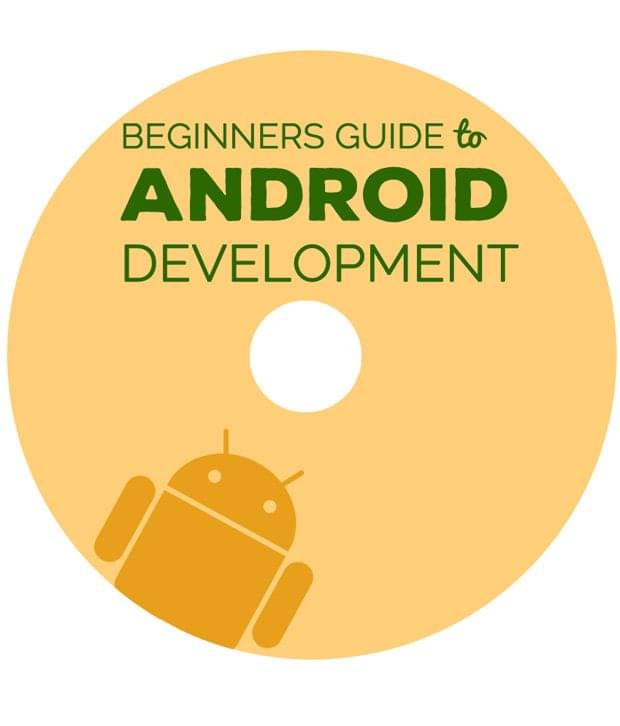Something went wrong. Please refresh the page and try again.
Something went wrong. Please refresh the page and try again.
Notifications can be turned off anytime from settings.
Item(s) Added To cart
Qty.0
Something went wrong. Please refresh the page and try again.
Something went wrong. Please refresh the page and try again.
Exchange offer not applicable. New product price is lower than exchange product price
Please check the updated No Cost EMI details on the payment page
Exchange offer is not applicable with this product
Exchange Offer cannot be clubbed with Bajaj Finserv for this product
Product price & seller has been updated as per Bajaj Finserv EMI option
Please apply exchange offer again
Your item has been added to Shortlist.
View AllYour Item has been added to Shopping List
View AllSorry! Buy C, C++, Java DVD & get Android Development guide FREE is sold out.



You will be notified when this product will be in stock
We will dispatch the device containing course content within 72 Hrs of purchase. This DVD may be used to get started and continue with the course.
Product Description
Learn C C++ Core Java Android Application Development is the complete programming language and Android Application Development combo pack made exclusively for those who want to learn programming and android development right from the scratch.
If you are new to programming or aspire to be an efficient in programming language from the beginning level to the very advanced level, then this combo educational pack is for you.
This course will start right from the very basic levels of C programming language then moving on to the concepts of advanced C and C++ programming language.
Post Course Completion:
After acquiring the strong foundation of C and C++, you will be learning basic concepts of Core Java. In the third course which is the Core Java, the very basics operations and fundamentals of Core Java has been covered.
And after learning the basic concepts of Core Java, you can easily learn the Android Application Development Course. This Android Development Course will help you to deploy your own android app on Google play.
Your Core Java skills and android development will be enhanced only because of the strong foundation which has been set by previous course which are C and C++.
Why should you take this course?
• Strong Foundation: This course is specially designed for the strong foundation of the enrolled students
• Exclusive Code File for Practice: Along with every chapter, a code files is given for practicing, what you’ve learnt in the chapter.
• Get Familiar with Programming Elements: In order to master high level languages like Java, Android, Ruby, Python you should have strong concepts of programming element such as polymorphism, classes, inheritance.
• Covered in Structured Block: These are the structured languages, therefore all the concepts are covered in block structured wise.
• Precisely made for the beginners: This course is precisely made for the beginners, who want to make their base strong in programming.
• Android Application Developer: After learning from this course, you will be able to make your own android application.
Benefits of the course:
• Totally Worthy Pack: This course is full value pack, as this contains 4 complete courses.
• Specially Designed for the beginners: If you are new to programming and learn from the scratch, than this course is specially designed for you.
• Enhancement of the Programming Skills: This course will enhance your programming skills as you will be learning C C++ and Core Java.
• Exclusive Android Development Course: This Pack contains exclusive professional Android Application Development Course which will enable you to deploy your own android application.
Course Curriculum
This course is divided into four sections:
Section 1: C and Advanced C Programming Language.
Advanced C Topics are:
Section 2: C++ Programming Language:
Section 3: Core Java Programming:
Section 4: Android Application Development:
Learn Everything, Anywhere, Anytime
India's Largest Online Education Marketplace
The images represent actual product though color of the image and product may slightly differ.
Snapdeal does not select, edit, modify, alter, add or supplement the information, description and other specifications provided by the Seller.
Register now to get updates on promotions and
coupons. Or Download App